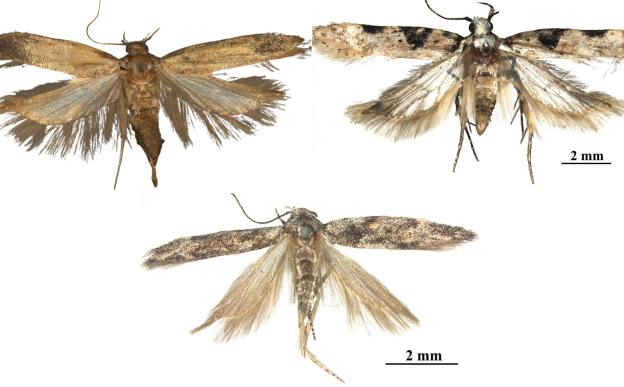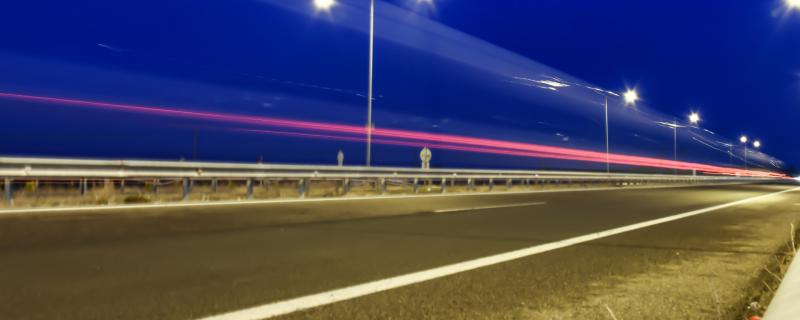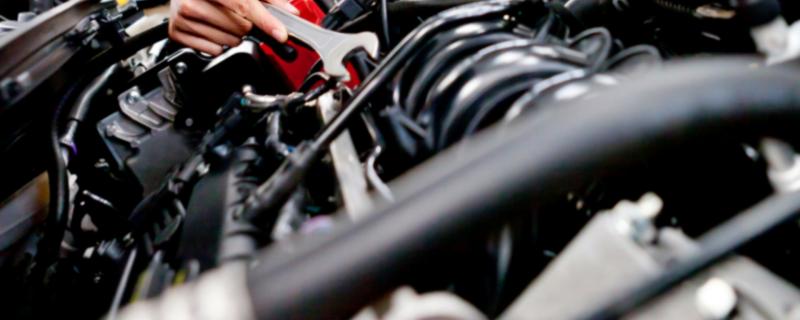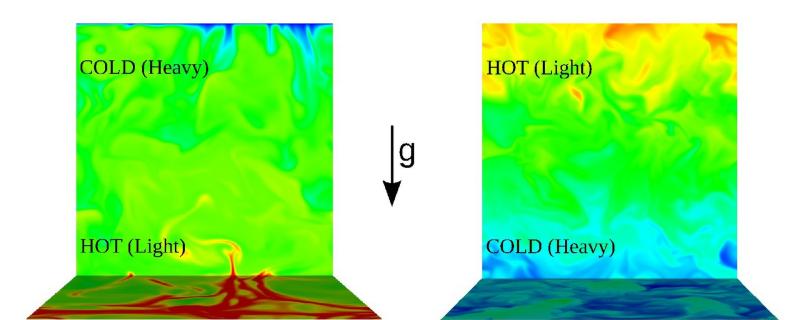Delhi, the city once famous for the charm of the Red Fort and the elegance of Qutub Minar, is today infamous for its pollution crisis. Ranked one of the most polluted cities in the world, the air in the city is taking a toll on its residents’ health. With over 10 million vehicles registered in Delhi, it is not surprising that the air is turning toxic. But how bad is the air really in the roads of Delhi?
Gelechia bilobuncusa (top, left: ), Gelechia adi (top, right), and Istrianis ladakhensis (bottom). Image credit: Authors, https://doi.org/10.11646/zootaxa.5728.1.6
New Delhi/






